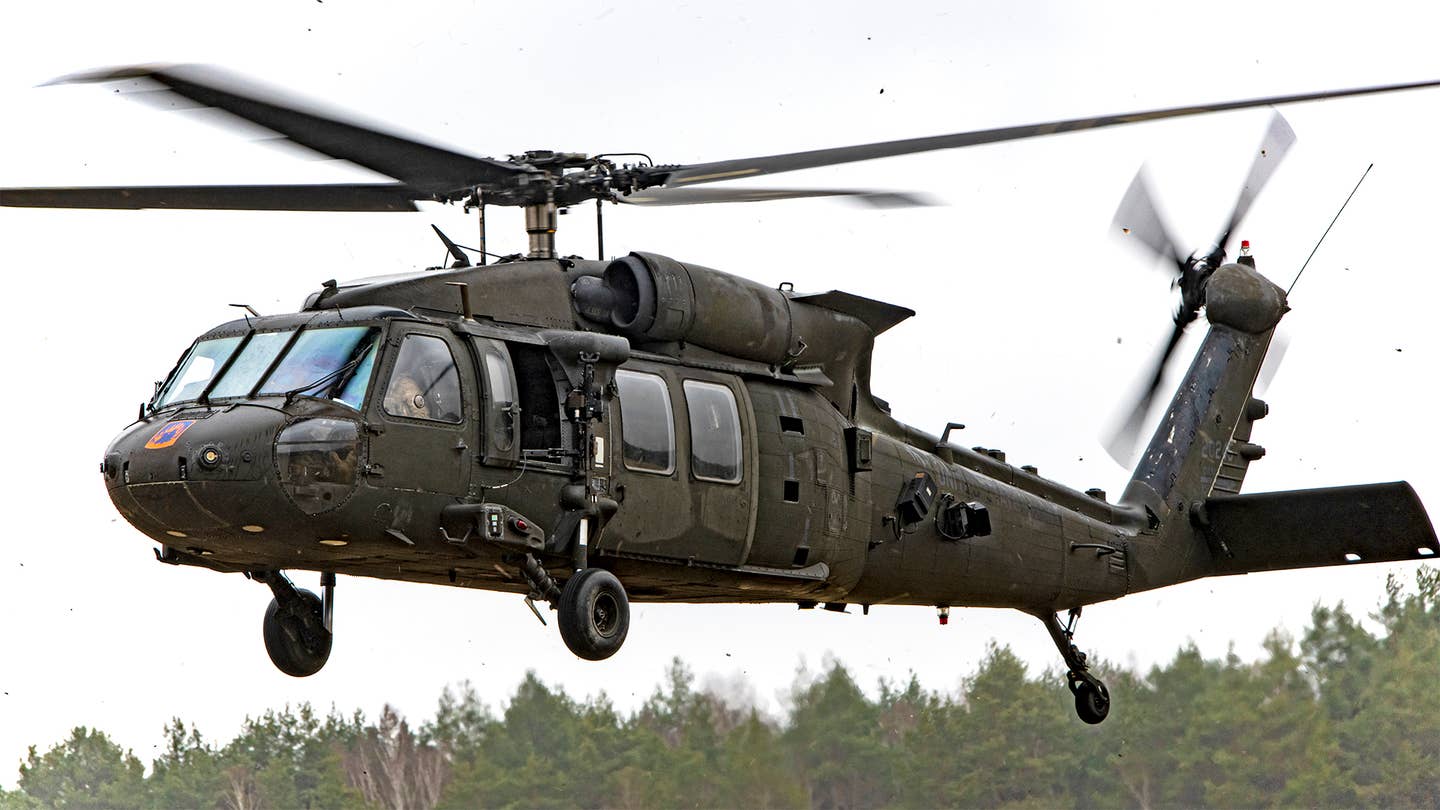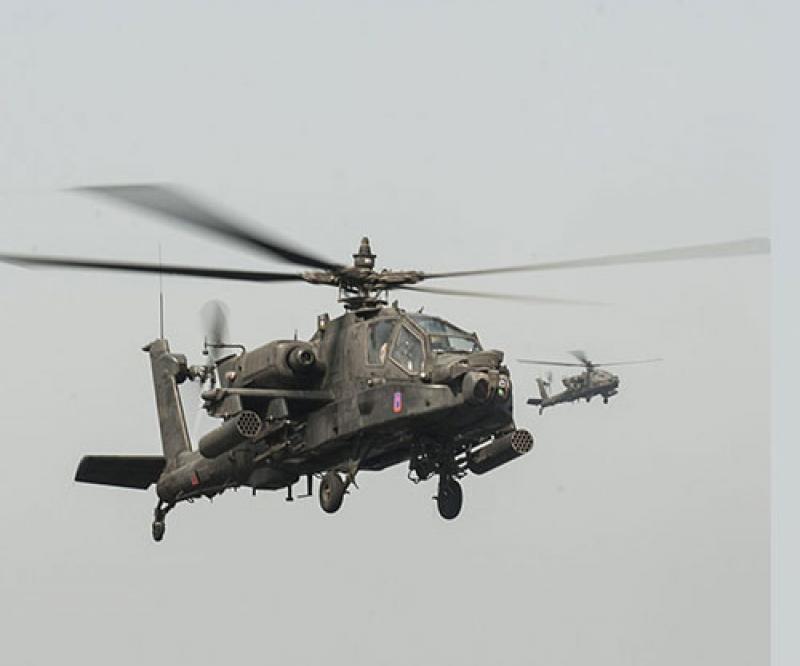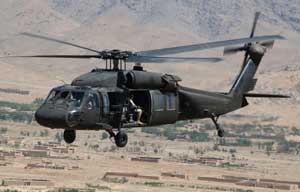The Only Guide to Uh-60
Wiki Article
The Ultimate Guide To Uh-60
Table of ContentsSome Of Uh-60How Uh-60 can Save You Time, Stress, and Money.Uh-60 for BeginnersFascination About Uh-60
helicopter parts Many helicopters the engine transforms a shaft that attaches to an input quill on the transmission; the main blades pole comes directly out of the top of the transmission and the tail rotor driveshaft attaches to an outcome quill 90 levels out of the mast. Spinning the blades which has an aero foil section triggers lift, permitting the helicopter to climb vertically or float.There are numerous terms linked with rotating wing trip as well as it is very important for a trainee to become familiar with them to comprehend the technicians of rotary wing flight. The major blades blade does the exact same function as a plane's wings, providing lift as the blades turn lift being one of the critical wind resistant forces that maintains airplane aloft.

Equally as it does in a car, a helicopter's transmission sends power from the engine to the main and tail rotors. The transmission's main transmission steps down the speed of the main rotor so it does not rotate as swiftly as the engine shaft. A second gearbox does the same for the tail rotor, although the tail blades, being a lot smaller sized, can revolve faster than the primary blades.
Uh-60 - Truths
Early helicopters depended on reciprocating fuel engines, however modern-day helicopters utilize gas wind turbine engines like those found in industrial airliners. uh-60. 1. Root: The internal end of the blade where the rotors connect to the blade grasps. 2. Blade Grips: Large connecting points where the blades blade attaches to the center.Doing this boosts or lowers the lift that the primary rotor materials to the vehicle, allowing the helicopter to obtain or shed elevation. This permits the helicopter to move in any kind of direction around a 360-degree circle, consisting of onward, in reverse, left and.
Helicopters require a completely different technique of control than aircrafts and are much tougher to master. Traveling a helicopter requires consistent focus by the pilot and a near-continuous circulation of minute control corrections. A conventional helicopter has its major blades over the fuselage, just aft of the cabin area, including 2 or more rotor blades expanding out from a main rotor head, or center, assembly.
This swashplate consists of one non-revolving disc as well as one rotating disc installed directly on the top. The swashplate is linked to the cockpit control stick and bar and also can be made to turn in any direction, according to the cyclic stick movement made by the pilot, or went up as well as down according to the collective lever activity.
3 Easy Facts About Uh-60 Shown
The amount of lift created is established by the pitch angle (and also rate) of each blades blade as it relocates with the air. Pitch angle is known as the Angle of Strike when the blades are in movement. This pitch angle of the blades is controlled in two ways jointly and also cyclically.
Because all blades are changing pitch together, or 'jointly', the modification in lift stays continuous throughout every full turning of the blades. Therefore, there is no tendency for the helicopter to transform its existing direction besides directly or down. The pictures below reveal the impact of elevating the collective bar on visit this page the swashplate as well click to find out more as rotor blades.
Of course, actual rotor head systems are even more challenging than this picture shows, however the essentials are the same. The cyclic control is made by relocating the control stick that rises from the cockpit floor in between the pilot's legs, as well as can be moved in all directions apart from backwards and forwards.
An Unbiased View of Uh-60

The illustrations listed below show the result of this cyclic control on the swashplate and rotor blades. As the swashplate is tilted, the opposing poles relocate in contrary instructions. The setting of the poles and also thus the pitch of the specific blades is different at any kind of offered factor of turning, therefore producing different quantities of lift around the blades disc.
As the stick is leaned over in any type of instructions, so the angle of home plate adjustments extremely somewhat. uh-60. This change of angle corresponds straight to what is occurring to the blades disc at the same time i. e. the side of home plate that is higher represents the side of the rotor disc producing more lift.
This tail rotor is used to manage the yaw, or turning, of the helicopter (i. e. which way the nose is directing) and to clarify this we first need to understand torque. Torque is an all-natural force brought on by any turning things and in a helicopter it is brought on by the engine transforming the major rotor blades; when the blades are More about the author spinning then the all-natural reaction to that is for the body of the helicopter to start spinning in the contrary direction to the rotors.
Report this wiki page